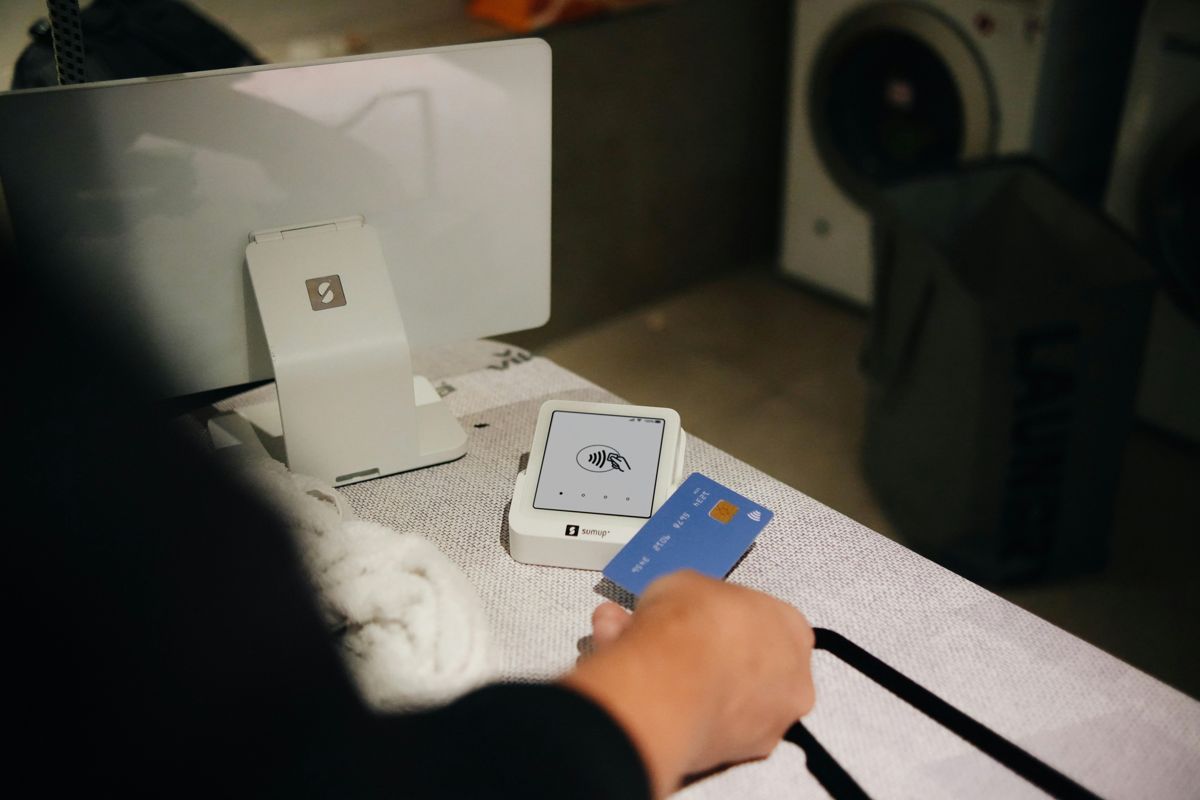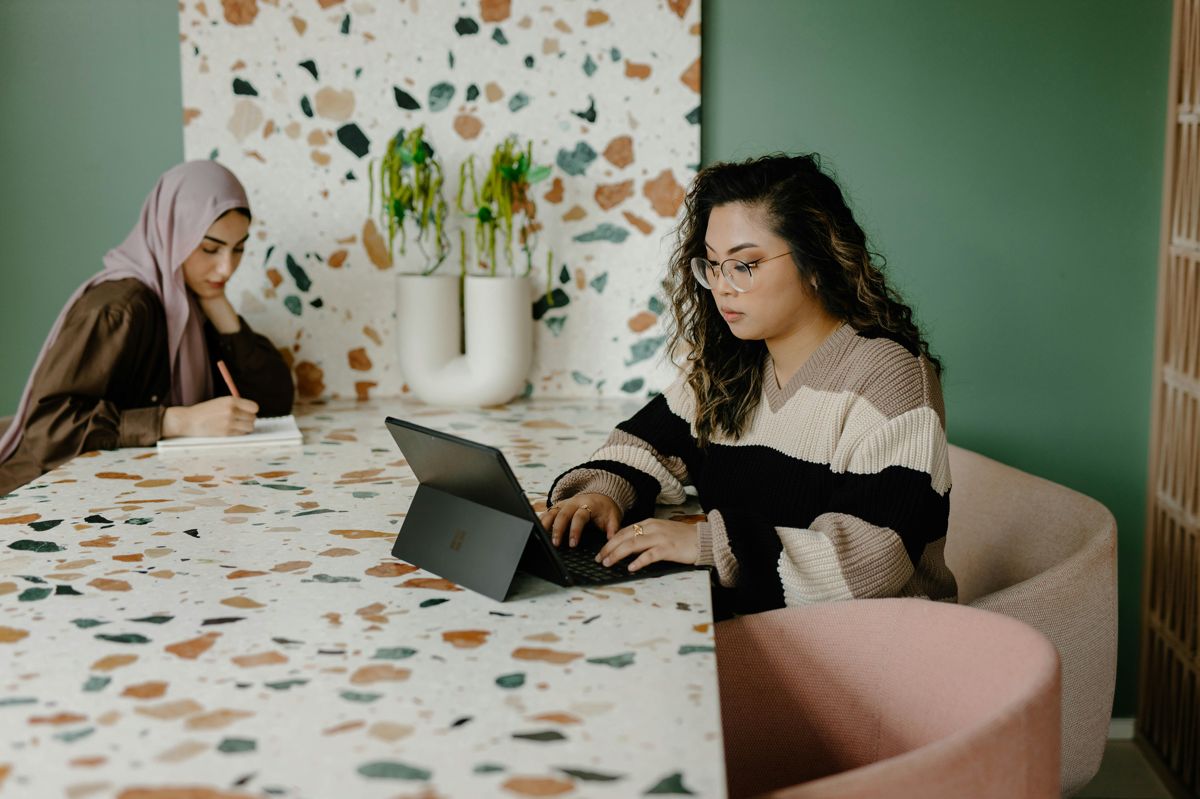Teaching Students to Study Effectively

Table of Contents
Teacher Teaching Students: The Importance of Study Skills
Welcome, fellow educators! If you’re here, it’s likely that you understand the crucial role a teacher plays in shaping young minds. But have you ever pondered upon the significance of instilling effective study skills among your students? It’s more than just teaching them academic content—it’s equipping them with the tools to navigate their future endeavors.
Let’s delve deeper into why ‘teaching students’ is not merely about delivering lessons, but imparting valuable life skills. In today’s fast-paced world, a student’s ability to study effectively can be the deciding factor between success and struggle. By teaching them how to study, we empower them to take control of their own learning journey, ensuring they thrive both within and beyond the classroom.
Think about it: the skills we teach our students today will shape their abilities tomorrow. As a teacher, you are not just ’teaching students’—you are laying the foundation for their future achievements. The importance of instilling effective study habits cannot be overstated, as these skills foster independence, discipline, and resilience. So let us embark upon this educational adventure together, exploring strategies that will help our students master the art of studying effectively.

Effective Lessons for Teaching Students to Study
Imagine being a student, faced with the challenge of absorbing vast amounts of information each day. A teacher who understands this struggle can make all the difference. Effective lessons are not merely about disseminating knowledge; they’re about equipping students with the tools to manage that knowledge effectively.
Teaching students to study doesn’t just mean teaching them what to learn, but also how to learn. It’s about instilling habits that foster curiosity and autonomy in their learning journey. One effective method is the SQ3R technique: Survey, Question, Read, Recite, Review. This strategy encourages active reading, fostering a deeper understanding of the material.
Another essential lesson is time management. Teaching students to create study schedules can help them prioritize tasks, manage their time effectively, and reduce stress levels. Encourage them to break down larger tasks into smaller, manageable chunks. This not only makes studying feel less daunting but also enhances focus and productivity.
Remember, every student is unique. What works for one might not work for another. As a teacher, it’s crucial to observe, adapt, and adjust your teaching methods based on individual student needs. By understanding each student’s learning style, you can tailor lessons that resonate with them, fostering a learning environment that encourages growth and development.
Practical Strategies for Teaching Students to Study Independently
As a seasoned educator, I’ve learned that instilling independent study habits in students is not just about handing them a textbook and wishing them luck. It requires a thoughtful, practical approach tailored to each student’s unique needs. Here are some strategies that have proven effective for me in helping students take control of their learning journey.
First and foremost, it’s crucial to encourage active reading. Instead of passively flipping through pages, guide your students to ask questions, make connections, and annotate their textbooks. This transforms the act of reading into an interactive, engaging experience that fosters a deeper understanding of the material. Moreover, I find that incorporating real-world examples or analogies can help bridge the gap between abstract concepts and tangible, relatable ones, making learning more accessible for all students.
Another essential strategy is helping students develop effective note-taking skills. Teach them to distill key information from their readings, lectures, and other resources into concise, organized notes. By doing so, they’ll not only retain more of the material but also have a clear roadmap for reviewing and studying later on. As a teacher teaching students, I always emphasize the importance of reviewing notes regularly, as this consolidates learning and strengthens memory retention over time.
Lastly, fostering a growth mindset in your students is invaluable when it comes to independent study. Encourage them to view challenges as opportunities for growth rather than setbacks. Help them understand that mistakes are essential stepping stones on their learning path and that persistence and resilience will ultimately lead to success. By instilling this mindset, you’re giving your students the tools they need to tackle complex problems confidently and independently.
Teaching Reflection: Monitoring and Adjusting Study Habits in Students
As a teacher, it’s not just about delivering lessons; it’s about nurturing minds and preparing students for the future. A significant part of this responsibility lies in helping them develop effective study habits. But how do we know if they’re on the right track? Enter reflection and adjustment—key elements in our teaching arsenal.
Monitoring your students’ progress is like keeping an eye on a garden. You plant seeds, water them, and hope for growth, but sometimes, you need to dig a little deeper to ensure everything’s growing as it should. The same applies when we’re teaching students to study. Regularly observing their habits allows us to identify areas that require attention and make necessary adjustments to our teaching methods.
Just like a gardener, we must be patient and flexible in our approach. Some students might need more guidance than others, while some may thrive with independence. Adjusting our instructional strategies based on individual student needs is essential for fostering success. By continuously reflecting on our teaching techniques and adapting to the unique learning styles of each student, we can help them build a strong foundation for lifelong learning. So, let’s keep teaching students, not just lessons—let’s teach them how to learn effectively.







